Revolutionizing Condo Parking: Exploring the Benefits of Automated Parking Systems
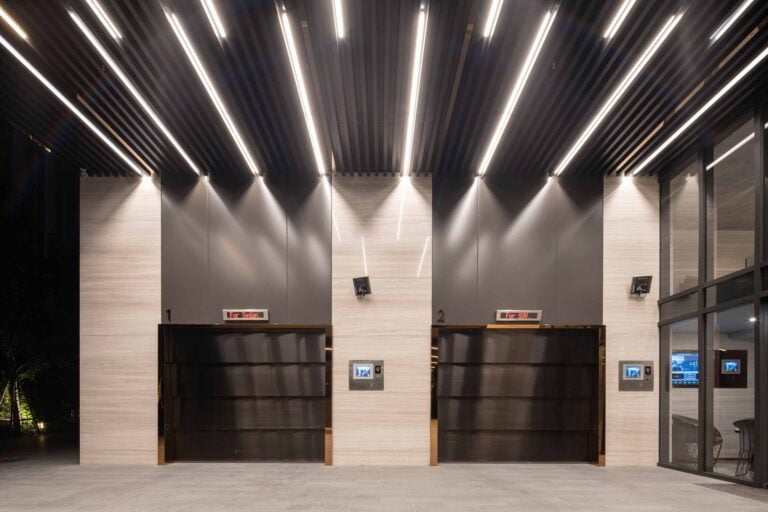
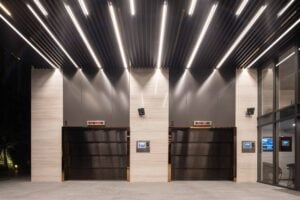
As cities continue to grow and space becomes increasingly scarce, finding adequate parking in condominiums and other residential complexes has become a growing concern. Condo parking can be a hassle for residents, with limited space leading to congestion, frustration, and even safety concerns. Fortunately, automated parking systems offer a solution to this problem. These innovative technologies are transforming the way we park and providing a more efficient, convenient, and safe parking experience for residents. In this blog post, we will explore the benefits of automated parking systems in condos and how they are revolutionizing the parking industry.
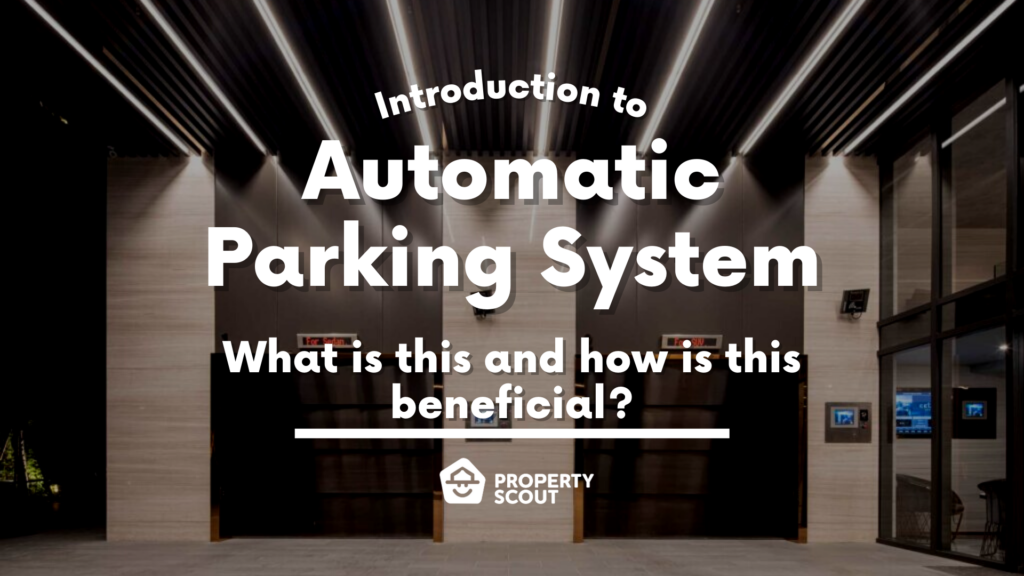
What is an Automated Parking System?
Automated Parking Systems are gaining popularity, particularly in city-based luxury condos, due to their convenience and efficiency. These systems provide additional parking options and enhance the premium luxury and prestige of the property. As a result, they are becoming a preferred choice for modern residential developments.
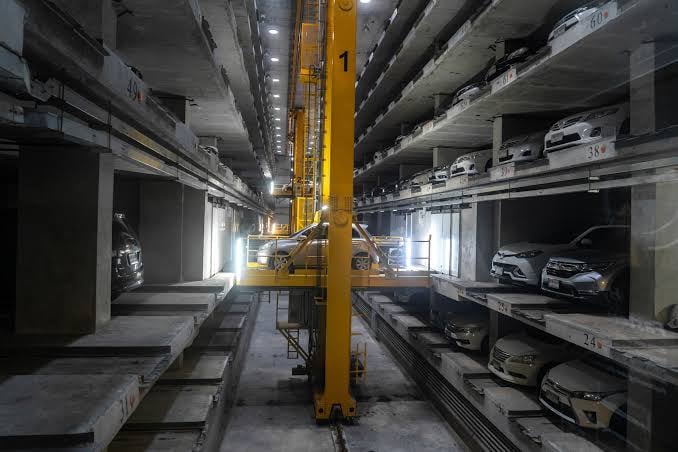
Traditionally, condos would offer in-building or underground parking, as well as parking spaces scattered throughout the building. However, the introduction of automated parking systems has brought about an added level of convenience for residents in terms of parking capacity and space availability. With automated parking, residents are able to easily secure a parking spot, enhancing their overall living experience.
Here are the four types of automated parking methods (note that there could potentially be more in the near future, but these four are the most common examples).
The 4 Types of Automated Parking Methods
- Tower Parking: Most commonly seen in condominiums, this method of automated parking is organized in a vertical fashion in the form of a tower. However, due to limited spaces, parking capacity is only limited to at least 2-4 cars.
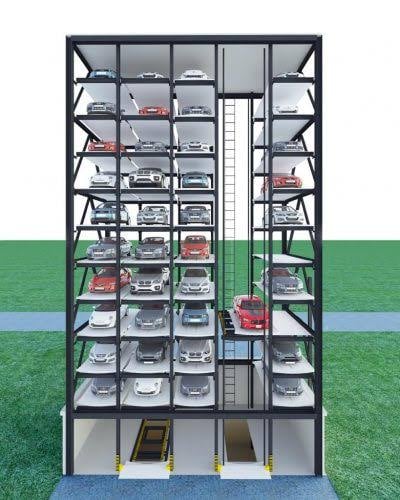
- Multi-Floor Parking: Multi-floor automated parking systems are best suited for larger condo projects, as they significantly increase parking capacity. These systems feature elevators that move cars to available parking spots, along with carts for added mobility and efficiency.

- Rotary Parking: Rotary automated parking is a type of parking system that utilizes a rotating platform to move vehicles between multiple levels and parking spaces. It is an efficient and space-saving solution that can accommodate a large number of vehicles in a compact area. The platform rotates to position the car at the desired level, and a lift then moves the car into its designated parking space. The maximum parking capacity for this method is 16 cars per level.
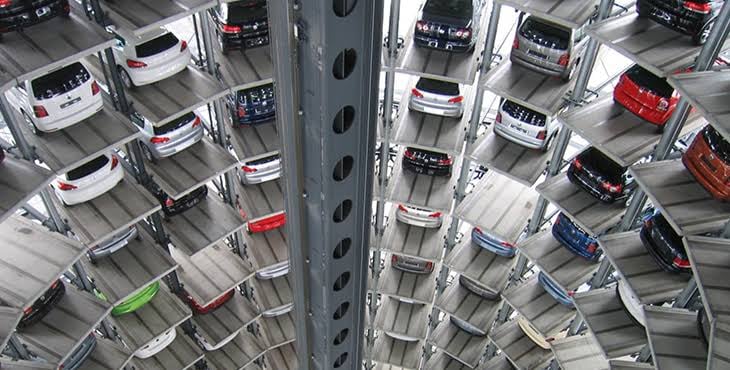
- Circulation Parking (aka Cabinet Type): This system is suitable for projects with limited, narrow, and long spaces. The system focuses on horizontal rotary movement and can accommodate 10-30 cars per set.
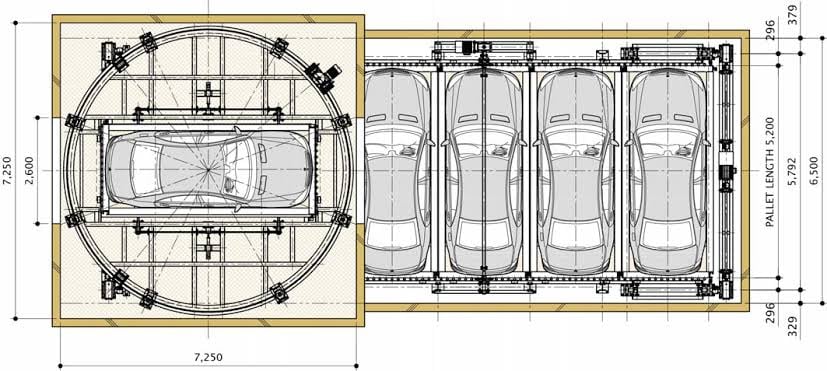
Why this matters
Not only does automated parking alleviate concerns over limited parking space in condos, but also helps increase the condo's value as the project leaves a modern and sage impression on customers (most notably those who drive luxury or sports cars). Moreover, the project area is greatly increased in space with the inclusion of additional automated parking.
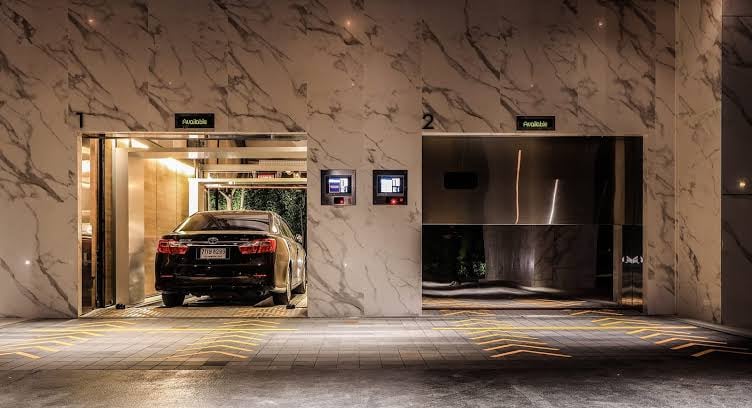
Automated Parking Systems are usually more common in low-rise projects as compared to high-rise projects, due to the former consisting of only 7-8 floors with parking spaces available here and there around the building in addition to underground parking. The inclusion of an automated parking system, as stated before, will help increase space within the project.
On the other hand, automated parking helps add safety to residents cars (particularly luxury and sports cars). These types of automated parking systems would be found in high-rise projects, managed in tandem with regular parking throughout the project.
How does Automated Parking work?
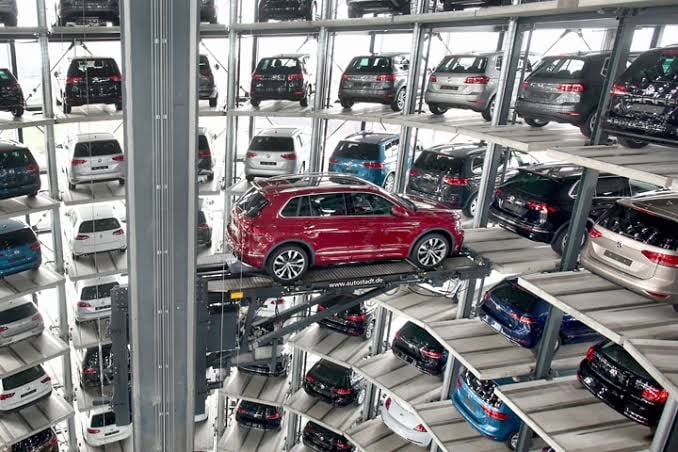
Automated parking systems have become increasingly popular, and for good reason. These systems prioritize the convenience and efficiency of parking, making it a hassle-free experience for drivers. However, it's important to note that not all automated parking systems are created equal. Each system operates differently depending on the type of installation and the purpose it serves. For example, in residential buildings, keycards are often required to exit the parking area, while in hospitals or office buildings, attendants manage the parking process. Therefore, it's essential to research and understand the specifics of each system before using it.
How to enter and exit automated parking system
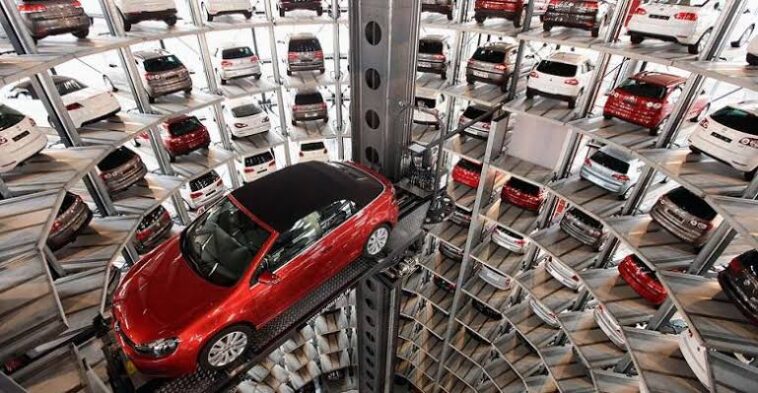
- Key Card
- While certain projects may not require a key card for entering and exiting the automated parking system, some will in hopes of safety and security. The key card would contain information regarding the owner's room number, license plate, and where the car is parked.
- The system will park the car for you
- After tapping the key card, the parking gate would close and the system would then take your car to the next available parking space, each having indicators on whether or not the space is vacant or occupied. Once the car has been parked, the system would then confirm the parking occupancy.
- Tap the Key Card for exiting
- If you would like to remove your car from the parking space, tap the key card again and wait for around three to five minutes.
- IMPORTANT: Check your belongings and car conditions before departing
- Inspect your car in detail, inside and out. In the way of the interior, make sure there are no items left behind inside or inspect for items which can be safely stored in the car. In the way of the exterior, inspect whether the side mirrors are folded in (so that neither the side mirrors themselves nor the parking space are damaged). Once you have inspected everything to your liking, you may then tap the key card and depart.
Pros & Cons
As with everything else in this world, not everything is perfect, and something as convenient as an automated parking system is no exception.
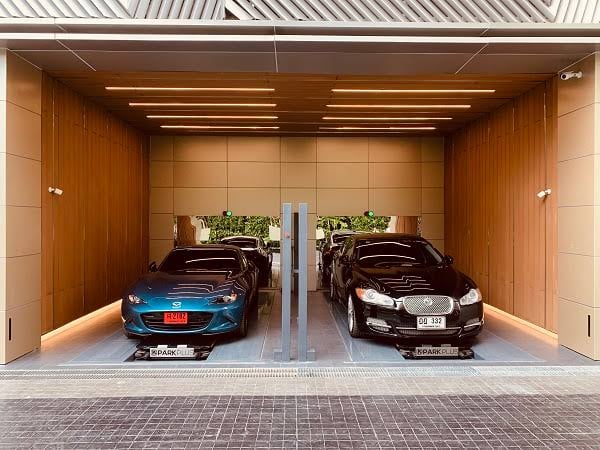
Benefits
- Additional space for the project

Automated parking systems provide a simple and efficient solution to parking limitations without the need for additional construction. By using vertical parking instead of horizontal parking, space is maximized, and gaps between parked cars are reduced. This allows for a more efficient use of available space. Additionally, automated parking systems can help ensure compliance with regulations regarding required parking spaces in relation to building size. Ultimately, this technology can help make parking easier and more convenient for drivers, while making the most out of available space.
- Convenient and time-saving

The next and most obvious benefit to an automated parking system is you no longer have to waste more time finding available parking spaces, requiring you to wait only 3-5 minutes as opposed to the 5-15 minutes of driving around and looking for parking spaces.
- Increased Safety

Along with efficiency and its time-saving nature, automated parking helps add extra safety to your parking from issues such as scratching and scraping from parking to even bigger issues such as double-parking (the latter of which would result in your car being confined to a parking boot) as this parking system will securely fasten your car within its parking space.
- Increased Space
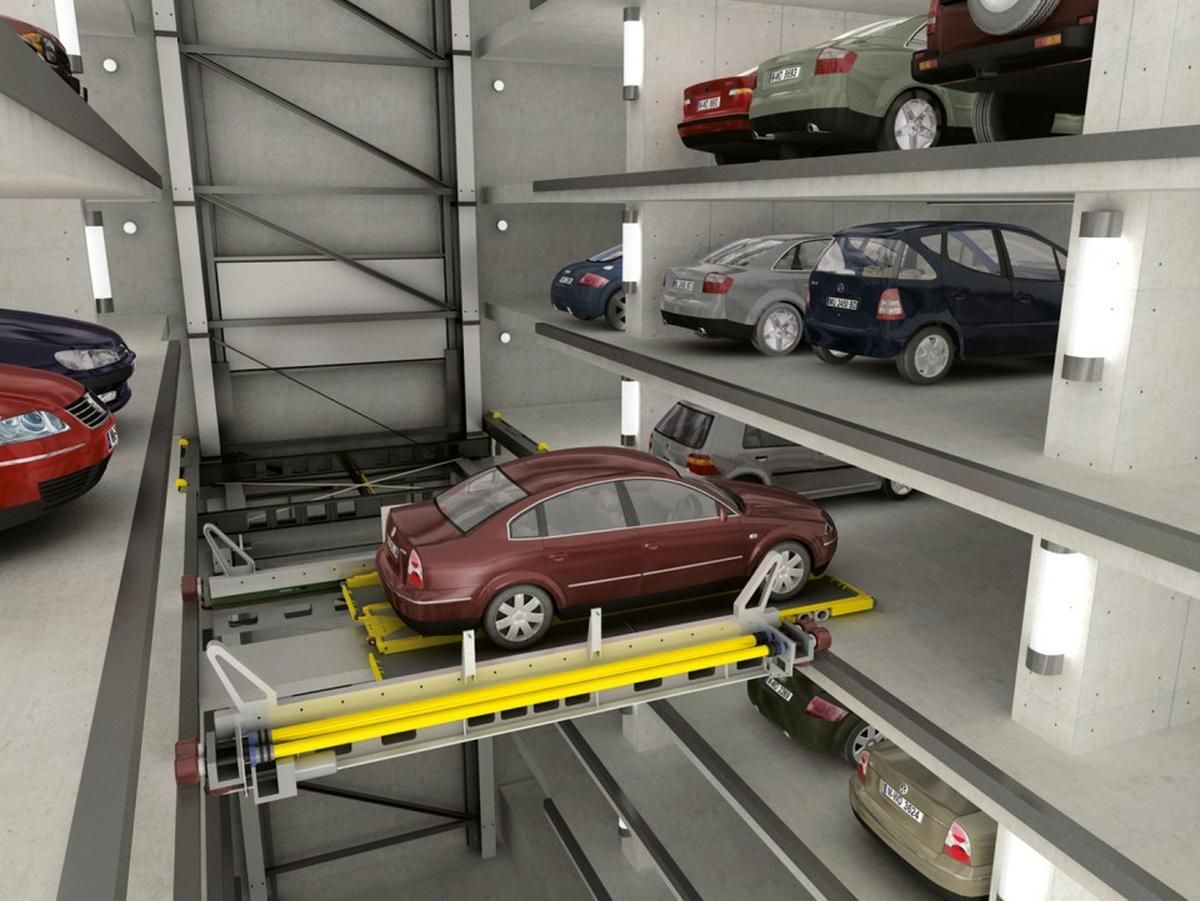
To further the point of there being increased space thanks to the inclusion of automated parking eliminating the need for a parking building, the amounts of increased space within the project could be used for anything from stores to common areas or even the garden.
Drawbacks
- Not suitable for certain cars

Despite the significantly increased convenience and efficiency, however, the automated parking is not suitable for certain types of cars. For example, certain systems might not be suitable for taller cars, while some may not offer large enough parking spaces for bigger cars, and there could be noise disturbances from various items banging or rattling around when parking.
- If you forget something in your car....

An issue with parking in general, not just automated parking, is forgetting items in the car, which can be particularly problematic since retrieving the car requires tapping a key card and waiting at least 3-5 minutes for the vehicle to be retrieved. This process can be inconvenient if a driver needs to quickly retrieve something from their car.
- Not suitable for those in a hurry

Due to the process of retrieving a car, only one or two vehicles can be handled at a time, taking at least 5 minutes for one car. This means that in situations where urgency is required, such as emergencies or pressing engagements, the automated parking system may not be the most suitable option.
- Potential errors

Automated parking systems are generally efficient and convenient, but they are not without the potential for errors. When an error occurs, it can cause the parking or exiting process to come to a complete halt, and it may take some time to resolve the issue. This means that while automated parking systems are designed to be reliable, there is always a risk of unforeseen issues that can disrupt the system's operation.
Comparisons
Here is a comparison between traditional parking and automated parking
| Automated Parking | Traditional Parking | |
| Space-saving | Yes | No |
| Convenient | Yes | Yes |
| Potential problems | Possible errors | Difficult to find parking space, double-parking |
| Parking time | 3-5 mins | 5-15 mins |
| Compatible with all types of cars? | No | Depends |
| Safe | Yes | Depends |
| More space | Yes | Depends |
Notable examples
Chalermnit Art De Maison
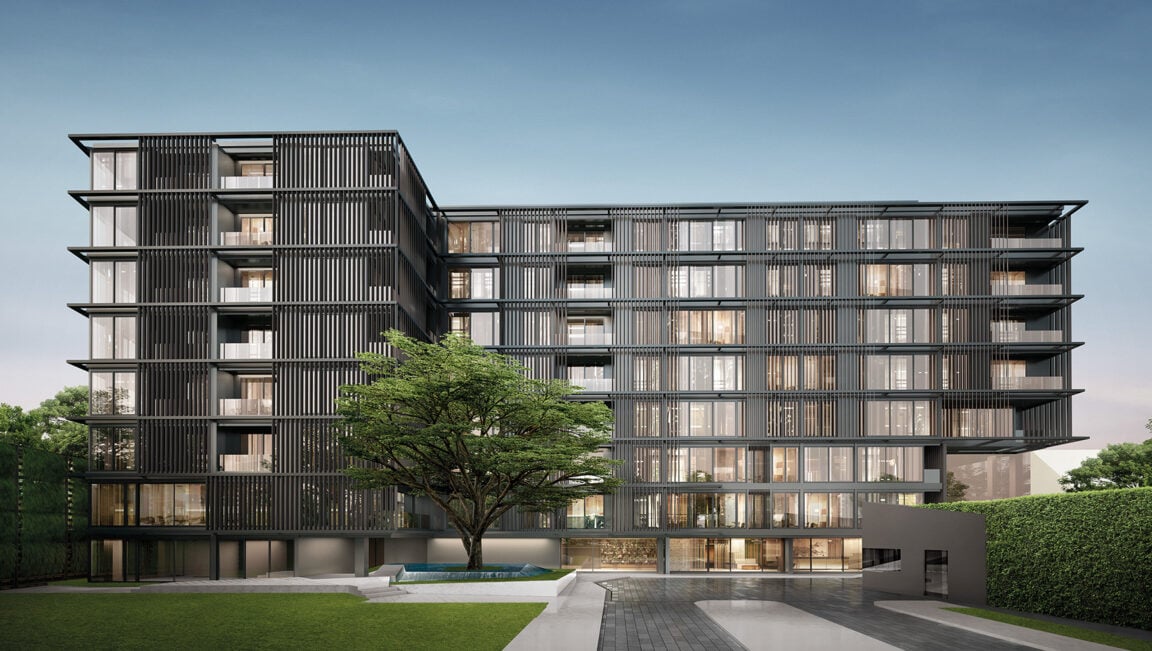
Chalermnit Art De Maison is an exclusive low-rise condominium project that exudes super luxury and exquisite Japanese style. Located in a peaceful and upscale neighborhood, this project is the epitome of exclusivity and caters to the discerning few who appreciate the finer things in life.
Developed by Areeya, one of Thailand's leading real estate developers, this project is a perfect balance of Japanese culture and Western technology. Its unique design philosophy challenges all limitations and offers a new perspective that creates dimensions and directions that are unparalleled in luxury living.
The project features two eight-story buildings that occupy a plot of land measuring over 1-0-1 rai (approximately 4040 square meters). The buildings are divided into 122 exclusive residential units and semi-facilities units. This exclusive project is an embodiment of luxury living and offers a unique and unparalleled lifestyle that will satisfy even the most discerning of tastes.
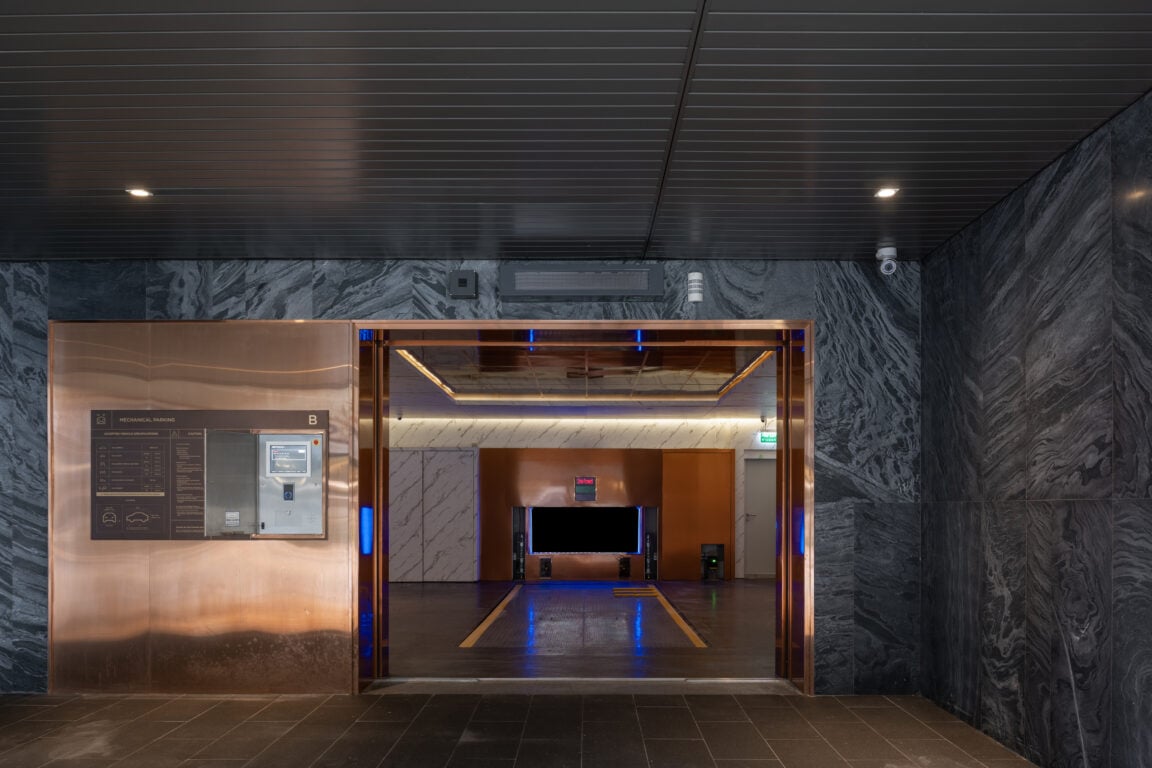
This project features automated parking along with a dedicated super car parking, culminating in this project featuring a 100% parking capacity.
Interested in buying or renting at Chalermnit Art De Maison? Click here!
Celes Asoke

Lucky Living's Celes Asoke project is set to revolutionize the company's focus on low-rise developments with its premium high-rise design. With a 40-storey building that boasts a potential plot of land over 1-1-20 rai, the project is positioned to be the epitome of luxury in the heart of Asoke.
The project's Timeless Design concept was created by a renowned Thai architect, with a focus on sophistication, elegance, and opulence. From high-end decorations to special functions and smart usage systems, the project's amenities are unmatched in scale and quality.
If you're in the market for a luxurious condominium, the Celes Asoke project should be at the top of your list. Experience the best that Lucky Living has to offer with this stunning high-rise development.

Celes Asoke features two sections of automated parking: underground floors B1 and B2 as well as the 2nd-8th floor, making a total of 10 floors of automated parking. All this culminates in Celes Asoke allowing for 82% parking capacity (approximately 177 cars).
Read More: Celes Asoke Review
Conclusion
In conclusion, automated parking systems are a game-changer for the condominium industry. They provide a range of benefits, from increased space efficiency and reduced construction costs to improved safety and convenience for residents. Automated parking systems also offer a solution to the growing problem of urban parking congestion.
As technology continues to advance, we can expect to see more condominiums adopting automated parking systems. Developers will be able to create more functional and innovative designs, and residents will enjoy a seamless and hassle-free parking experience. Ultimately, automated parking systems are paving the way for a more sustainable and smarter urban future.
Find your ideal property for the best prices, both for rent and sale, making sure you get what you paid for. Click here if you are interested in buying, renting, listing your property, or get in touch with us:



